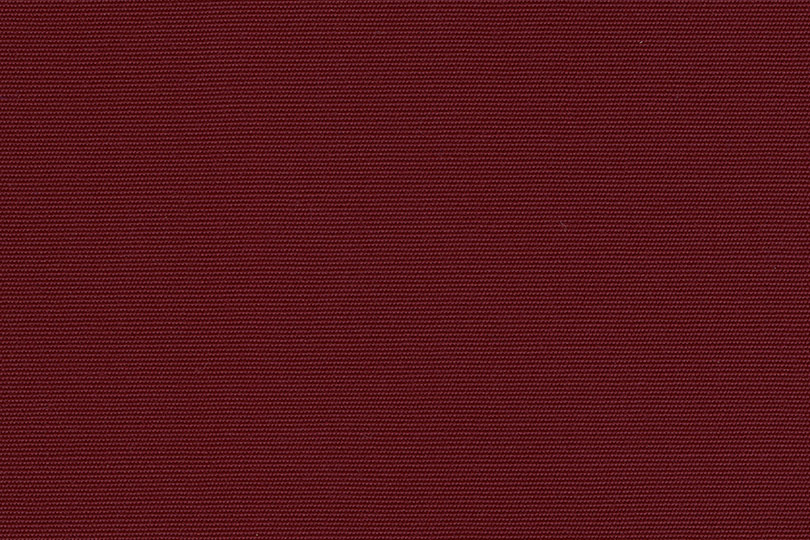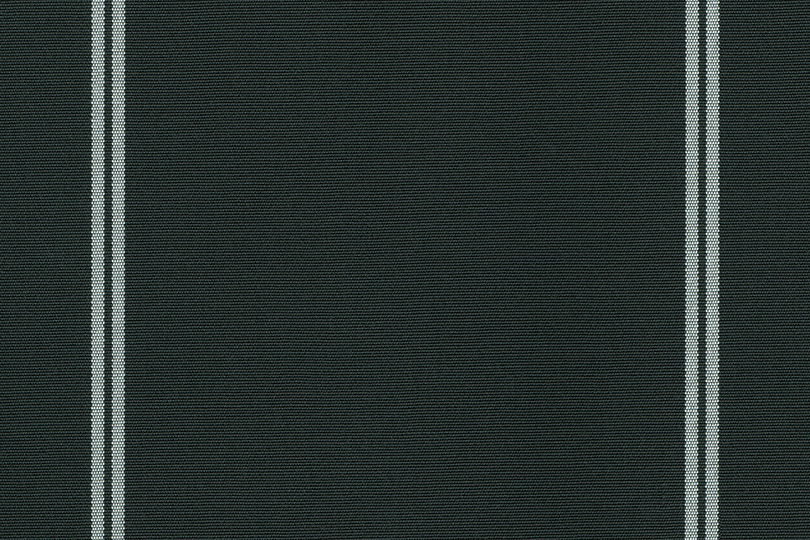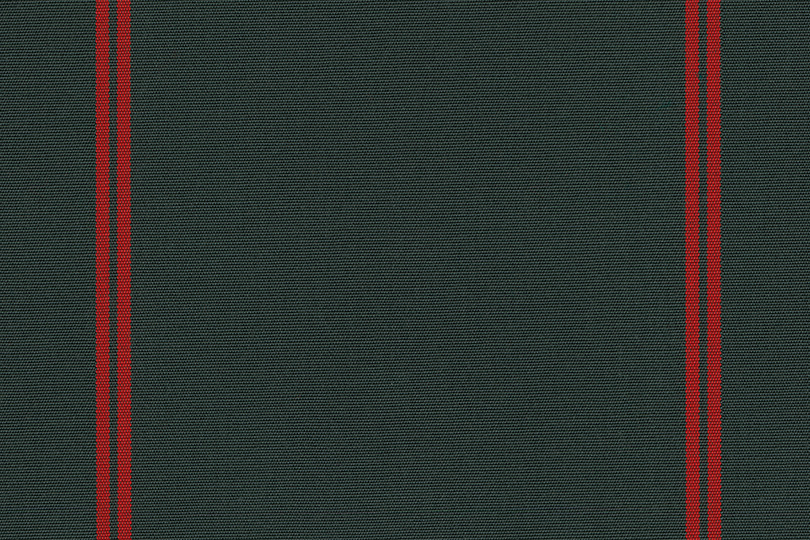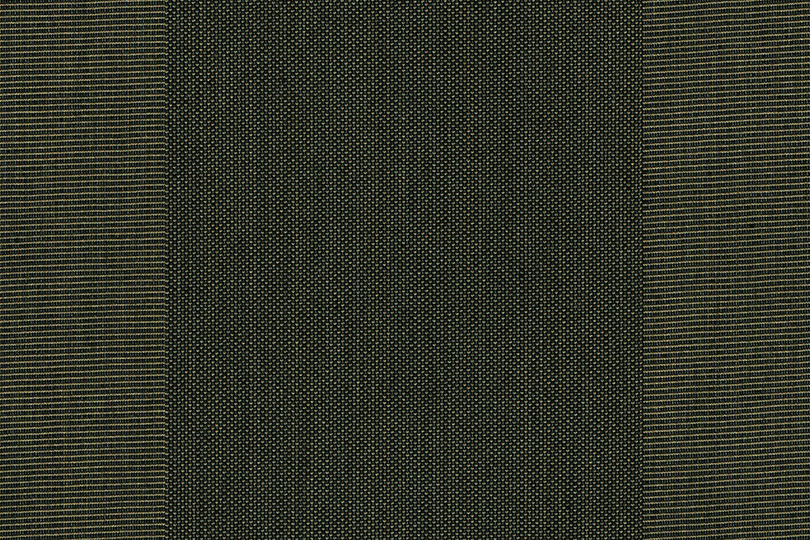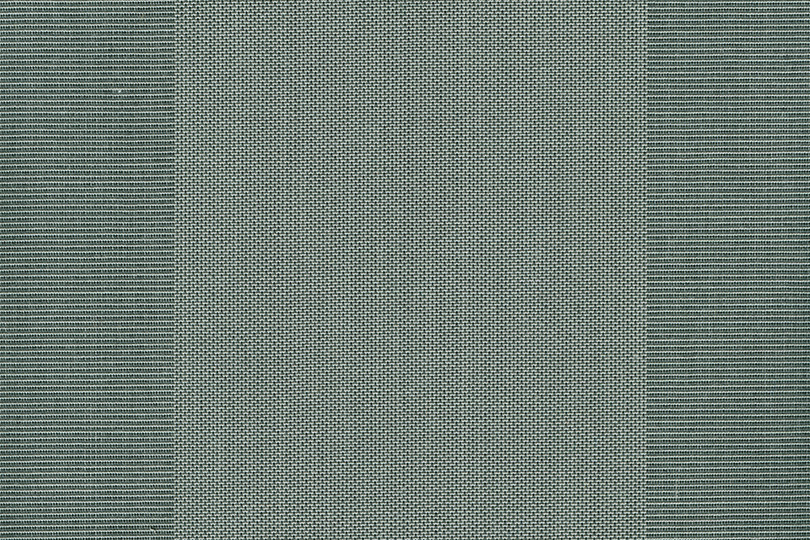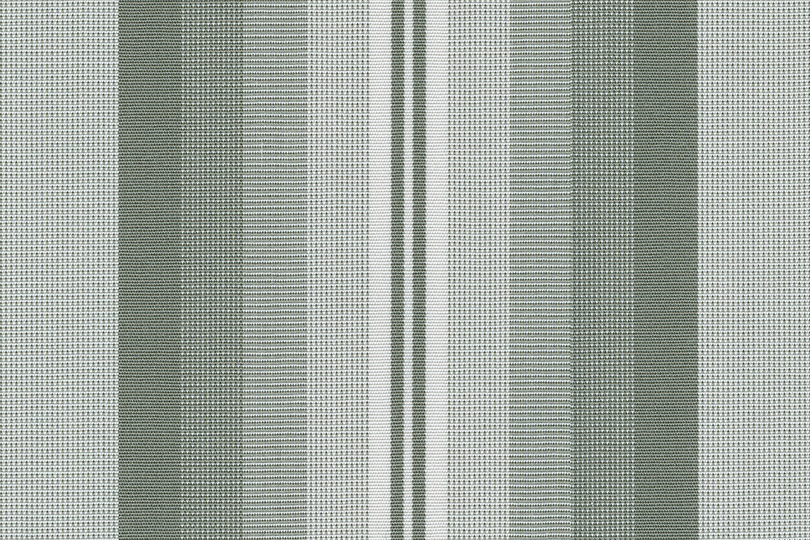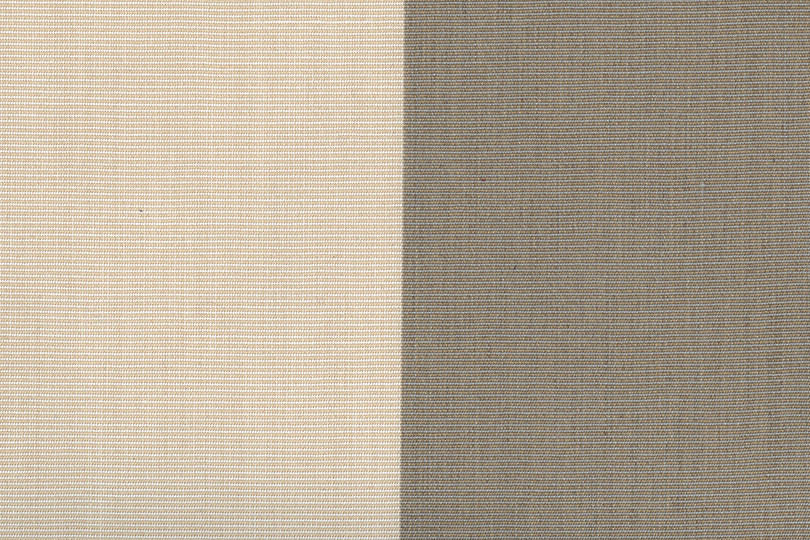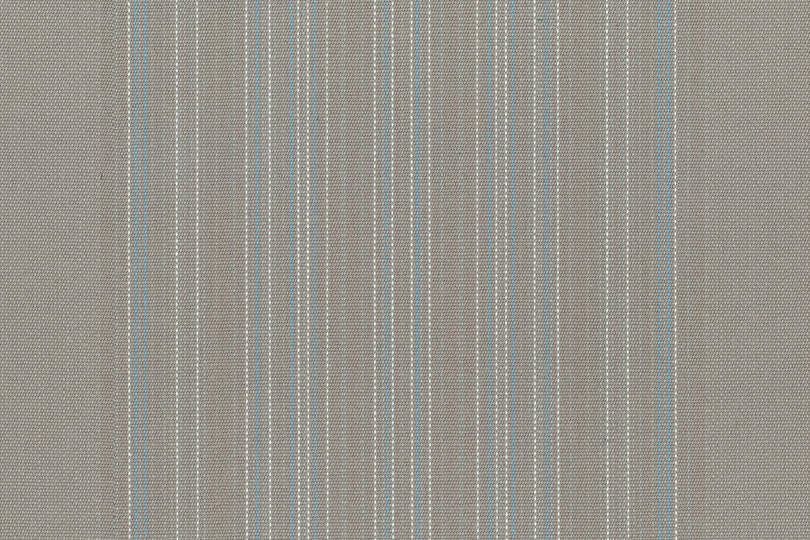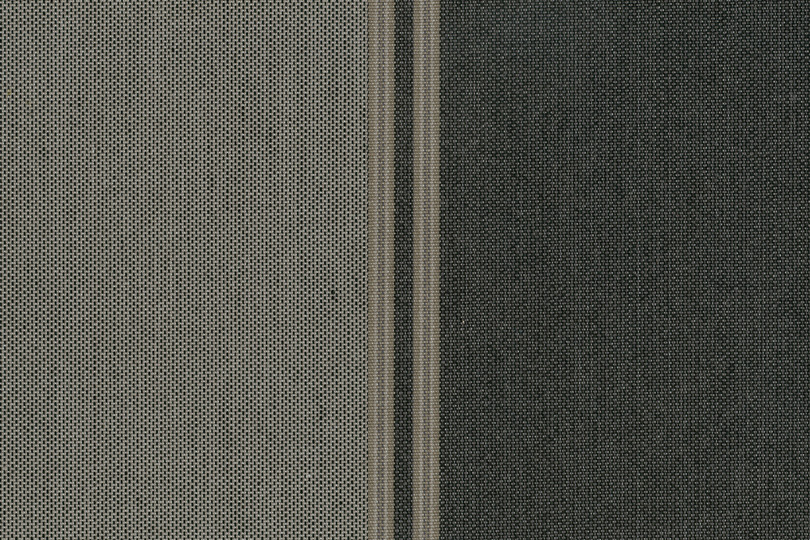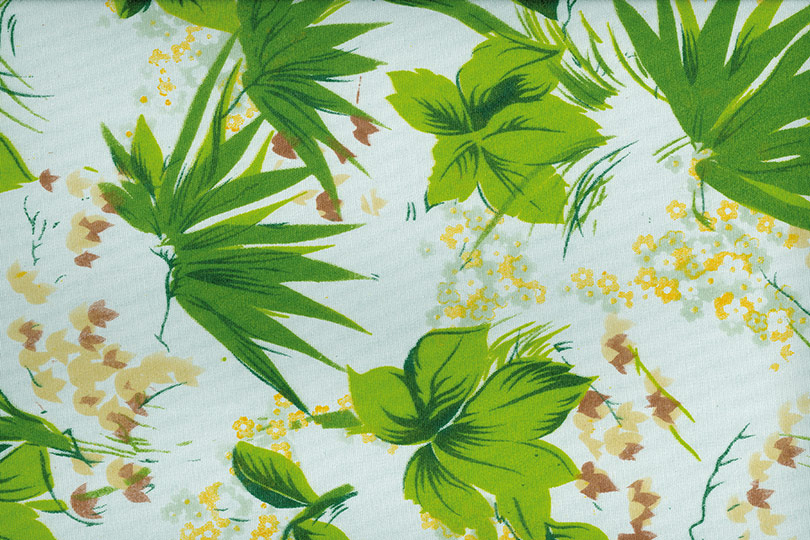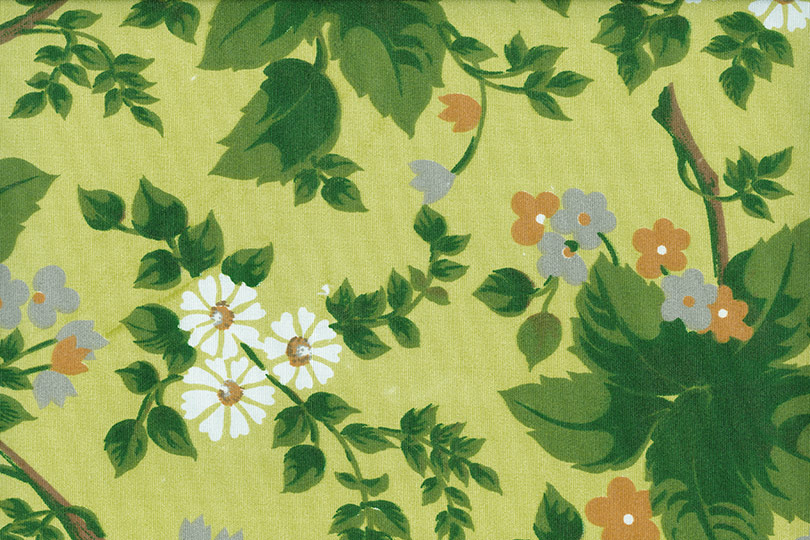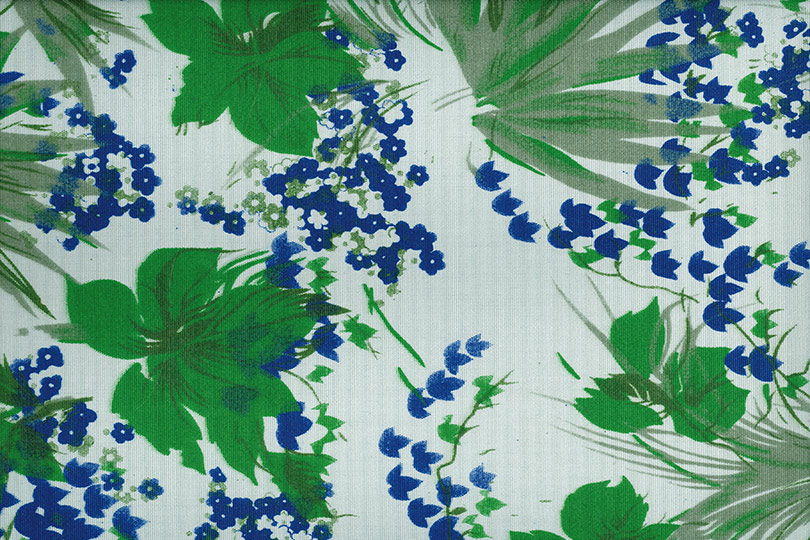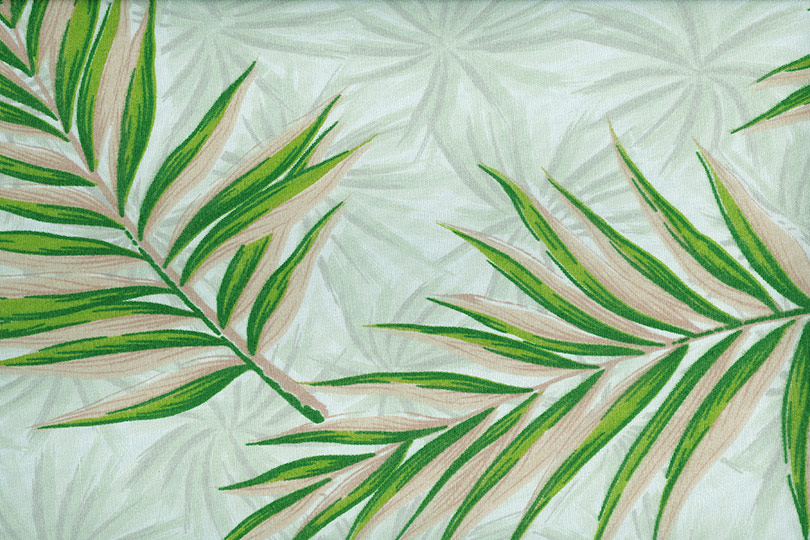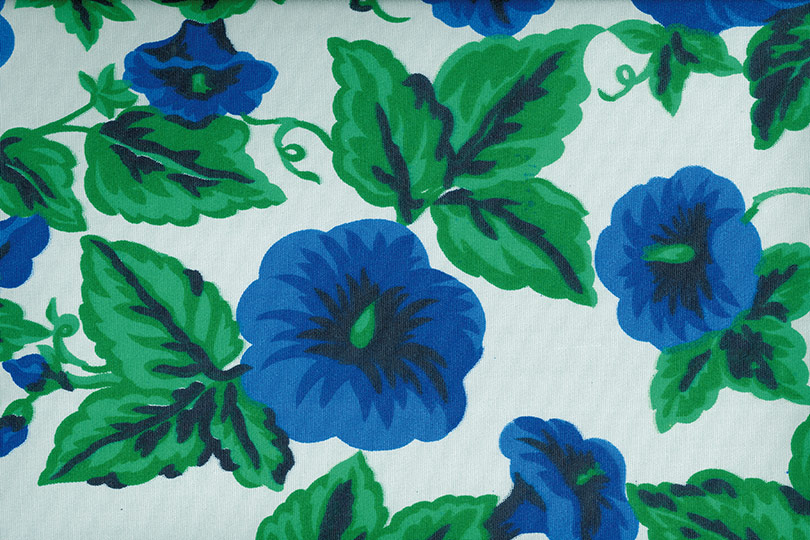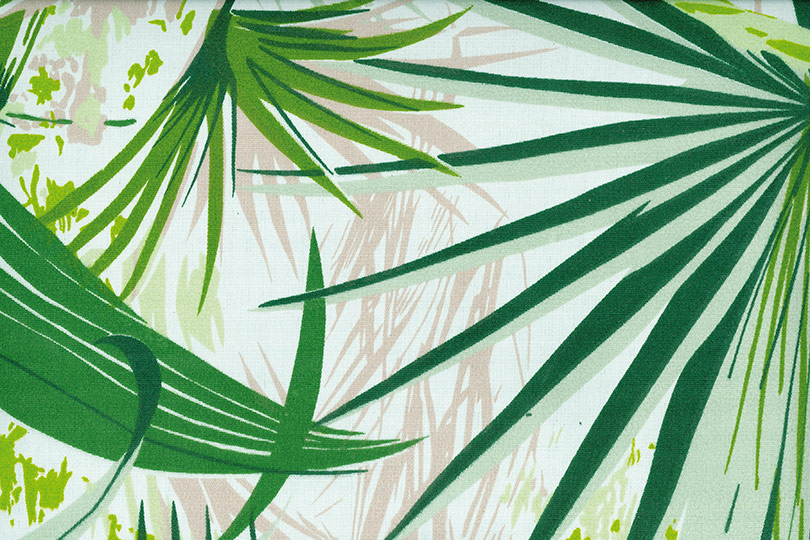
![]() Sun Protection
Sun Protection
High resistance to sunlight
![]() Can’t Rot
Can’t Rot
Weather Resistant
![]() Printable
Printable
Wide variety of colors
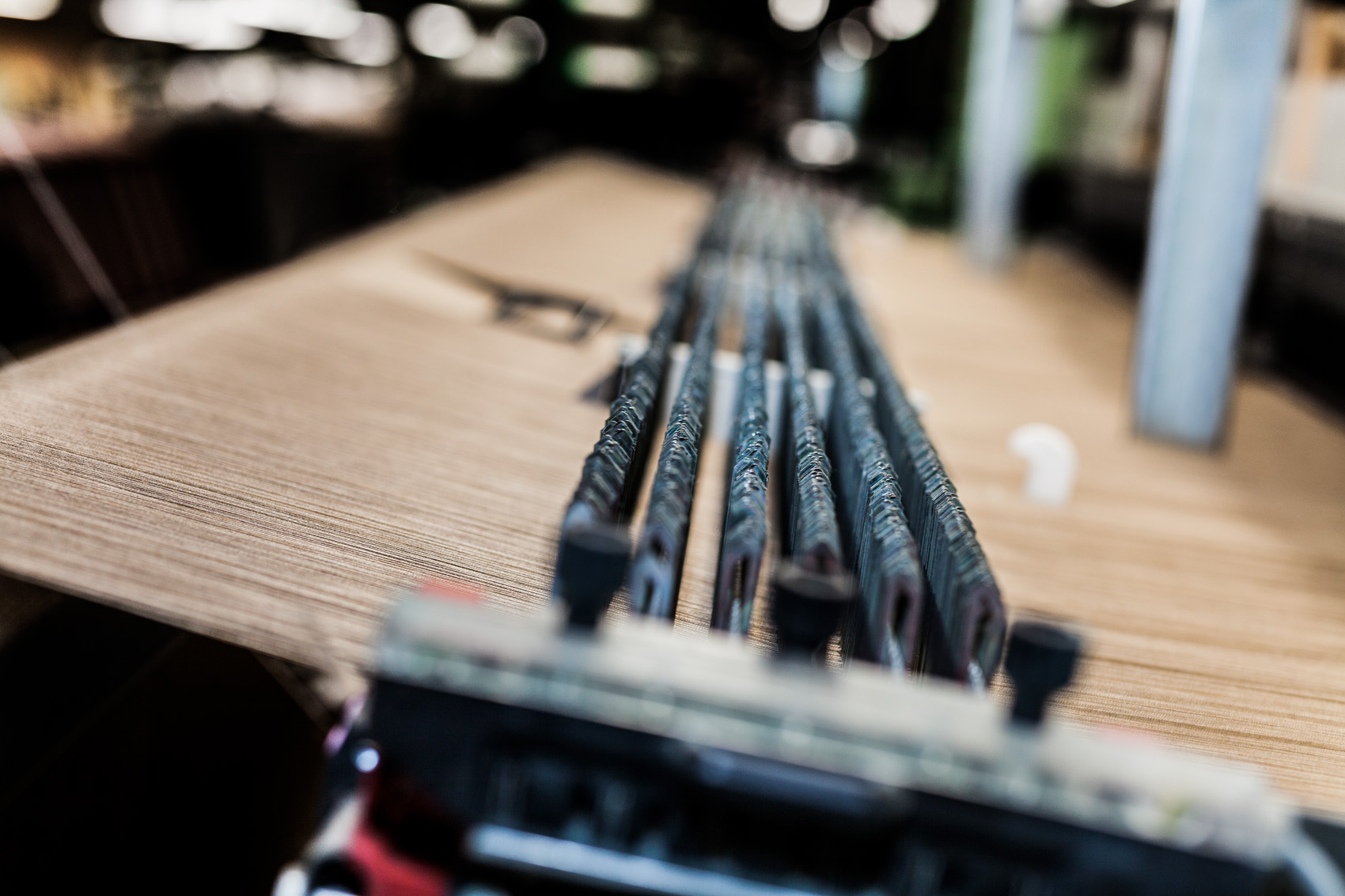
Recacril® canvases are high performance fabrics made from fade resistant solution-dyed acrylic fibers. Specially designed for awning and sun protection items.
All manufacturing processes of spinning and weaving are optimized to give to the canvas a high tensile and tear strength, and to produce an excellent surface finish for applying the Infinity Process high-tech coating.
The finishing Infinity Process is a proprietary finish that offers exceptional repellency to water and dirt, superior dimensional stability, and creates a durable fabric that keeps its aesthetic allure over the lifetime.
The Recacril® canvases are very easy to handle because the fabric has a consistent firm hand and excellent lay flat that makes the canvas easy to cut, sew, and fabricate. The tighter weave structure and smoother surface of Recacril® canvases makes printing easier. This configuration provides better adhesion of the vinyl when heat transfer equipment is used. If screen printing is used, the closed structure of the yarns, allow less ink to pass through, which results in sharper, and more defined prints.
The Recacril® canvases follow a rigorous quality control throughout the manufacturing process, meeting all requirements for obtaining approval of the UNE-EN 13561:2004+A1:2009 (Performance requirements including awnings security).
Properties
Advantages and benefits
Applications
Safety, health and environment
Warranty
Advantages of solution-dyed acrylic yarns
Generally, synthetic yarns are colorless when manufactured. To color the fibers there are two systems:

Conventional Dye. Immerse the fiber (yarn or fabric) in a solution-dye and other auxiliary products. After a while at the right temperature and after rinsing the fabric is dyed. As the colorant is applied after the fiber produced, it is distributed in a homogeneous surface without penetrating the core of the fiber.
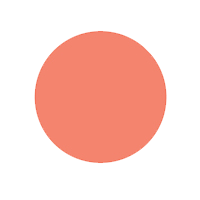
Solution dyed. The other way to dye fibers is to add the dye to the liquid fiber solution before the fibers are extruded. This allows the color to be mixed into the solution thoroughly, bringing the color all the way through the fiber once it is extruded, obtaining colored fabrics with great wear resistance, excellent color, and an exceptional weathering behavior and mitigation of microorganisms effects.
Infinity process
As a result of ongoing processes of R+D+i, RECASENS develops and applies the Infinity Process, to all Recacril®, Recacril® Marine, Recsystem® and Recwater canvases.
The Infinity Process is a high-tech treatment designed to ensure the lasting quality of the fabrics. In this process, nanoparticles from the finished products, completely cover the surface of the fabric fibers, forming a permanent lining. After treatment, the surface and inside the fabric are permanently protected from dirt accumulation and adverse effects of a wide variety of atmospheric agents.
The low reactivity and high stability of the Infinity Process gives the awning a durable and long lasting protection especially against mold, and provides excellent water and oil repellency.
Sun protection
The Recacril® canvases are effective sunscreen elements since they filter high percentages of ultraviolet radiation. The level of protection varies from one fabric type to another depending on its weight, thickness and color. Canvases with a higher weight protect better, and dark canvases offer greater protection than clear ones.
The acrylic RECASENS canvases offer high levels of UV protection, Ultraviolet Protection Factor (UPF) of up to +80 according to international standard UV Standard 801.
Rain resistance
The Infinity Process gives to Recacril® canvases a good water and oil repellency, with a column of water sufficient to withstand a light and short rain. The Recacril® canvases are designed primarily for sun protection, but if also a proper maintenance is performed and the awning is installed with a minimum slope of 14°, the Recacril® canvases also offer a good protection against light and short rains.
If a canvas has to withstand frequent and intense rains, it is necessary to use waterproof products, such as Recsystem® and Recwater.
Recacril® Warranty
RECASENS fabrics are manufactured following the most demanding quality standards, thus ensuring a high resistance and durability of the fabric.
All RECASENS fabrics have warranty period from the date of installation.
The warranty covers the abnormal deterioration, decay and loss of color of the fabrics subjected to normal atmospheric conditions and when correct maintenance has been systematically carried out. Within the period, RECASENS will replace free of charge the defective yardage or pay its cost. The warranty covers only the value of the fabric and specifically excludes any other elements of the awning (hardware, mechanisms, etc.), as well as the costs of producing and installing the awning.
The warranty does not cover any deterioration due to abuse, negligence, vandalism, burns of any kind, fires and natural disasters.
- The lack of maintenance of the fabric or its use of inappropriate products or instruments. In particular, NEVER use solvents or hard brushes or other scraping instruments that can damage the protective treatment of Recacril® fabrics.
- Environmental or phytosanitary pollution.
- Organic dirt produced by animals.
- Assembly defects or user maneuver errors.
- Placing objects on top of the fabric, or dropping objects on it.
- Unusual atmospheric conditions (rays, storms, etc.).
- Up to the 5th year, RECASENS will supply a fabric equivalent to 100 % of the value of the defective one.
- In the 6th year, RECASENS will supply 50% of the replacement fabric at no cost.
- In the 7th and 8th year, RECASENS will supply 30% of the replacement fabric at no cost.
- In the 9th and 10th year RECASENS will provide 10% of the replacement fabric at no cost.
In order to process the warranty, customer should have the original invoice. A registered letter with acknowledgment of receipt must be sent to RECASENS (Att. Customer Service Department). Then the fabric will remain at the disposal of RECASENS or the insurance company.
Replacement or refund of defective fabric does not imply the extension of the warranty of the replacement fabric.
Maintenance for Recacril® Canvases
The high-tech finish Infinity Process provides Recacril® RECASENS fabrics with long-lasting protection against mold and mildew excellent water and oil repellency making Recacril® fabrics protect you from both sun and water for many years.
However the accumulation of dust air pollution particles organic materials fatty substances and dirt in general can damage this protection shortening the life of Recacril® fabrics which makes their removal necessary.
The most effective method to keep Recacril® fabrics in good condition is to clean the fabric once a month with a hose with little pressure thus preventing the accumulation and penetration of dirt on the canvas.
It is very important that after cleaning with water the canvas is allowed to dry completely before closing the awning.
If under any circumstance the wet awning had to be closed it should be opened again as soon as possible and allowed to dry completely. In times of heavy rain it is advisable to keep the awnings closed.
If this washing is carried out periodically with water in most environments it will only be necessary to do a more in depth cleaning process every 2 or 3 years.
- Brush the dirt with a very soft brush. NEVER brush with hard brushes since they damage the protective treatment of the fabric.
- Spray the awning fabric with clean water. If a hose is used, avoid using high pressure.
- Prepare a solution of neutral soap in warm water (no more than 40° C) and apply it on the fabric.
- Rub with a soft brush allowing the solution to penetrate the fabric.
- Rinse with plenty of clean water to remove all soap residue.
- Let dry in the open air and do not roll up the awning until the fabric is completely dry.
If the stains persist, it will be necessary to perform a more intense cleaning following the following procedure:
- Brush the dirt with a very soft brush. NEVER brush with hard brushes since they damage the fabric finish.
- Prepare a solution with 10% household bleach, 20% neutral soap (solvent free) and 70% water.
- Apply the solution on the fabric, allowing it to act for a maximum of 15-20 minutes.
- Rinse with plenty of clean water to remove all soapy residue, since if residues of bleach remain in the fabric, with the combined action of the sun, they could end up damaging it.
- Let dry in the open air and do not roll up the awning until the fabric is completely dry.
- Repeat the above process if necessary.
Consumer information
Due to handling during preparation or installation of the awning, some imperfections can occur. These small irregularities such as veining, small folds or whitish streaks are inherent in the nature of acrylic fiber and do not harm the properties of the canvas. Therefore, is not the responsibility of the installer or manufacturer.
Whitish marbled streaks appears on wrinkle formation during the manufacture and installation of the awning. This is caused by an optical effect of different refraction of light. Are minor brands that are appreciated more for transparency. The light colored canvas are more sensitive to the formation of these imperfections than dark colored canvases.
Small folds can appear along the seams by rolling the canvas due to increased thickness of the seam.

